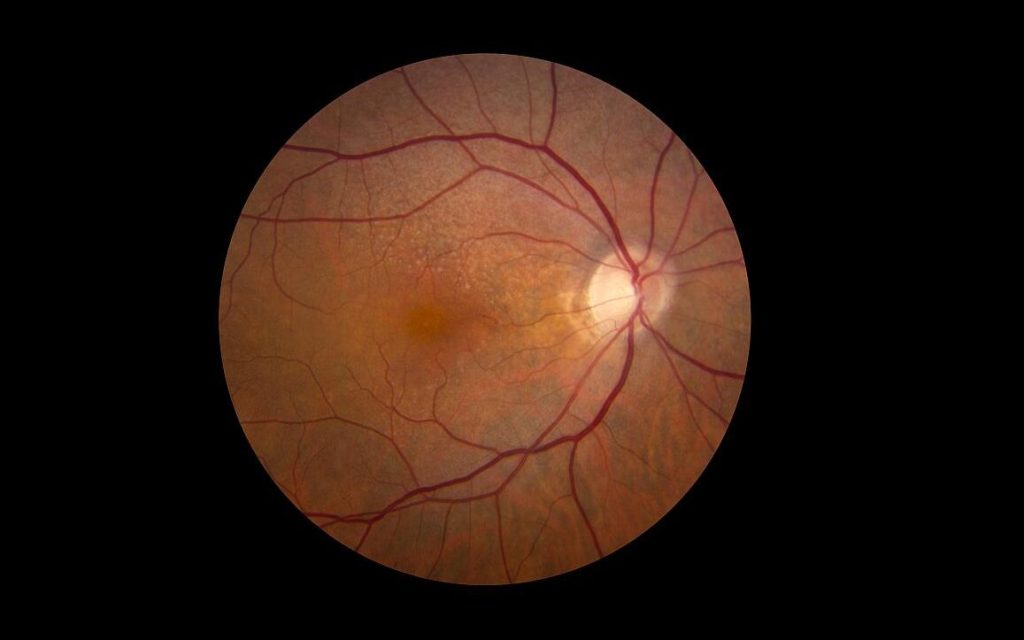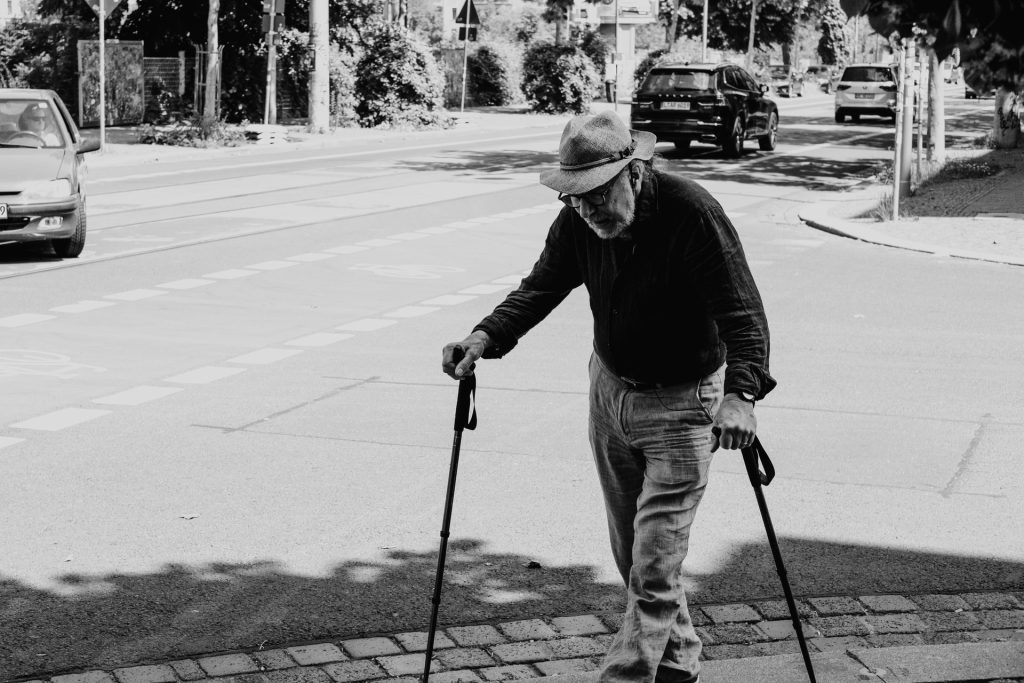The 100 Year Old Doctor Who Won’t Hang Up His Stethoscope

At 100, Dr Howard Tucker holds the Guinness world record for being the world’s oldest practising doctor. Though he has only just stopped seeing patients, he still teaches medical residents at St. Vincent Charity Medical Center in Ohio, USA.
Having practised medicine for 75 years, the secret is to keep going, he said. “I look upon retirement as the enemy of longevity,” Dr Tucker told TODAY over a video call. He has a computer and smartphone, and is determined to keep up with technology.
“I think that to retire, one can face potential shrivelling up and ending in a nursing home. It’s fun staying alive and working… It’s delightful work. Every day I learn something new.”
Born on July 10, 1922 and graduating from medical school in 1947, Dr Tucker got the “gift of COVID” from one of his relatives at his 100th birthday last month, but recovered quickly and felt fine. He even broke is neck while skiing in the late 1980s, though he “came out of it totally intact”.
At age 67 he passed the Ohio Bar Exam because he was interested in law.
Tucker shared some of his longevity advice with TODAY:
“Heredity and family history of longevity is a healthy start. However, it must be supported by moderation of nutrition, alcohol, and happiness,” Dr Tucker explained in his Guinness World Records entry.
Longevity runs in his family: his mother lived to 84 and his father to 96, and he has avoided the diseases of ageing such as heart disease and dementia. In addition, Dr Tucker never smokes but drinks alcohol occasionally, and eats in moderation. He has exercised his entire life – though he is now banned from skiing. The day after his 100th birthday, he threw the opening pitch for a baseball game.
His advice is to not retire , and stay active. Though there are jobs which people can’t or don’t wat to do anymore as they age, people should at least take up a hobby or do communal work to provide a daily stimulus for the brain.
The other challenge is to keep learning. As well as earning his law degree, he stayed current with technology, for which he credits his grandson, Austin, who is also making a documentary about the centenarian’s life. He also keeps up with his field of neurology, which he follows with excitement.
Finally, Dr Tucker said that you have to cultivate happiness. “You have to be happy in your job and in your domestic life,” he said.
Source: Today









